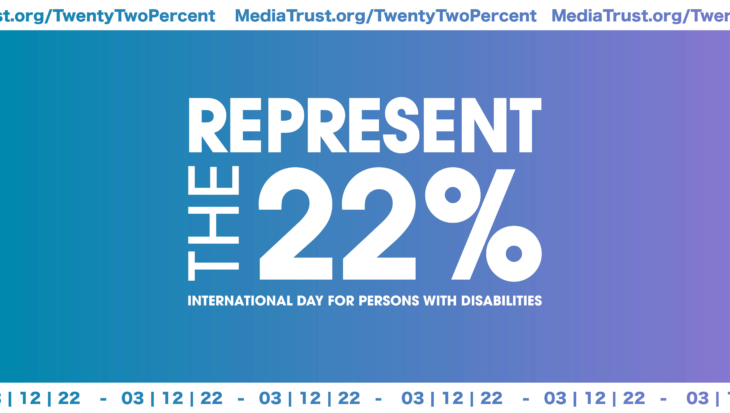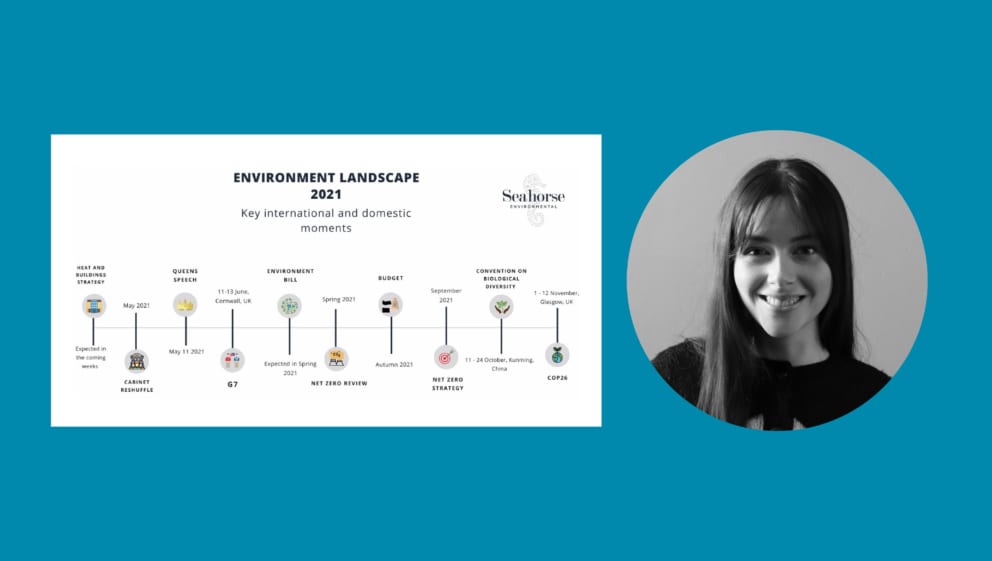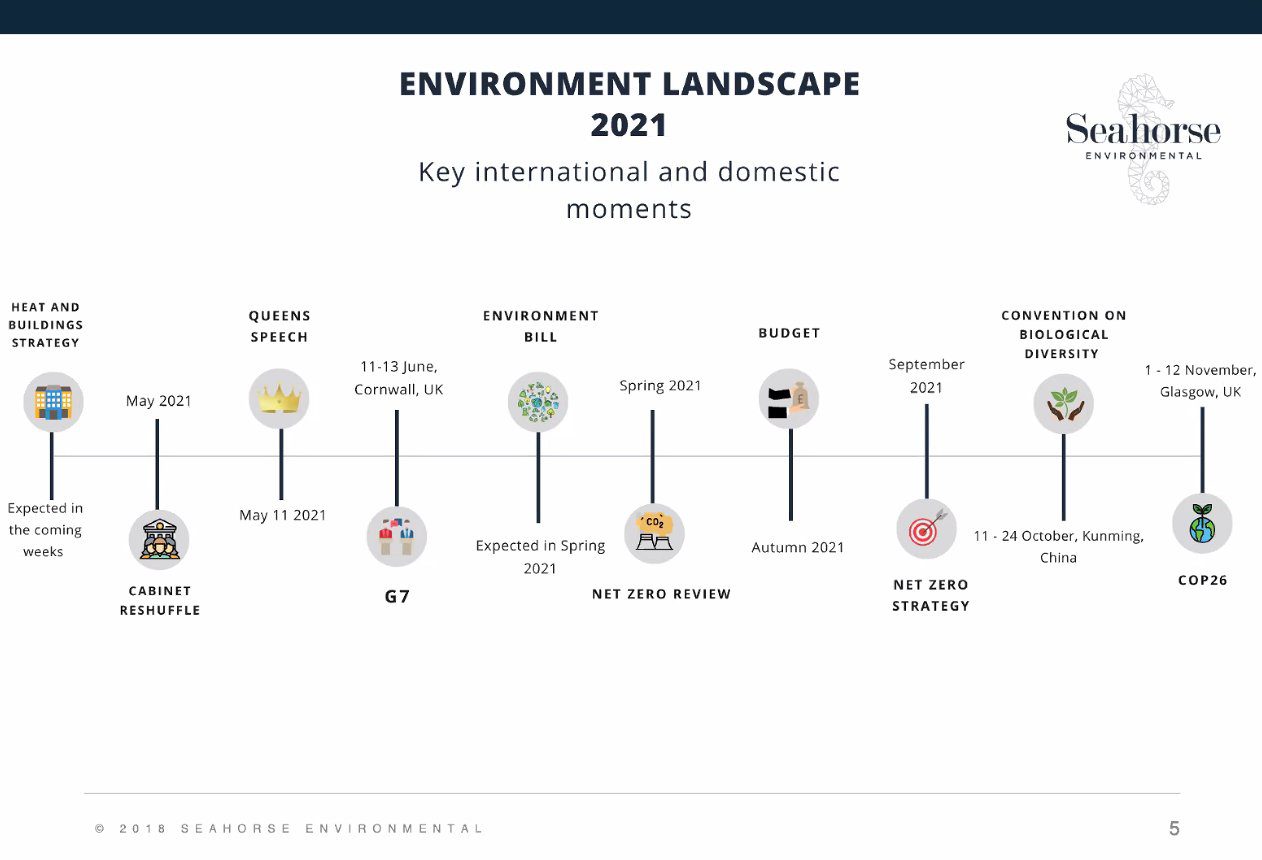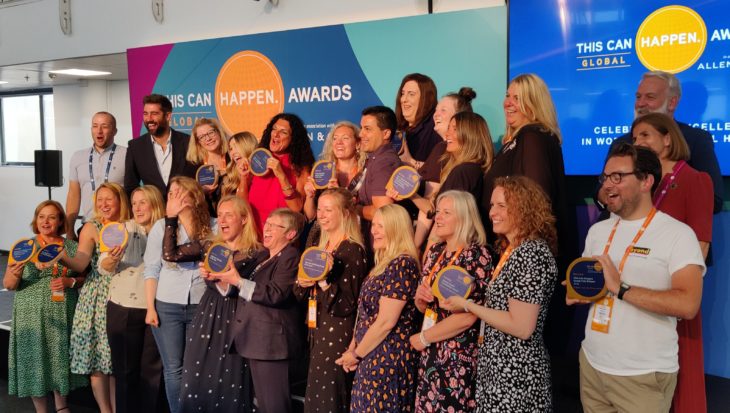You can leverage COP26 without being there
The deadline for civil society organisations to apply to officially attend COP26 has now passed, but there are still plenty of opportunities to leverage the summit, even without physically being there.
Isabella recommends charities share digestible briefings with their employees, members and supporters that show how COP26 is relevant to them and the ways in which they can take action. With the UK offering a stage for COP this year, we are going to see a spike in media interest for great thought leadership, blogs and case studies. Social media will also be a key tool for breaking down technical jargon and shaping public debate. Don’t forget to include the official #COP26 hashtag.
Right now, the government is working on the final stages of the Environment Bill, which presents another chance to steer conversations before COP takes place. If you are not engaged with this yet, Isabella suggests looking at Greener UK’s insights to check which aspects are most important to your audiences and using these to inform your social media strategy.
Having impact as a campaigner is possible even on a shoestring budget.
Isabella shared a case study from the clean air lobbying work carried out by Seahorse which included some useful low-cost campaigning tactics.
After identifying three Conservative MPs to get behind the campaign, the agency did their homework to uncover which social and environmental issues these MPs cared about. By taking the time to understand the interests and motivations of their targets, Seahorse was able to engage and move them towards becoming clean air influencers, resulting in several impactful opinion pieces in the media.
Another cost-effective strategy involved using Twitter lists to build databases of political influencers to contact with asks such as sharing tweets, social graphics or petitions. There are three questions to keep front of mind when selecting influencers to back your climate asks: Who will the government listen to? Who will the sector listen to? Who has the biggest following?
Looking beyond this masterclass, we’d love to work with more media industry partners on other initiatives that support environment and climate charities to pitch stories to the media ahead of COP26. If you’re a journalist or a PR professional and interested in helping charities working to protect the environment, we would love to hear from you. Please contact me at cerij@mediatrust.org
A huge thank you to Isabella Gornall and the team at Seahorse Environmental for sharing their insights. We are also grateful to our funder and initiator of the Weston Communicating Climate Programme, the Garfield Weston Foundation, for enabling us to share new resources with the environment third sector.




